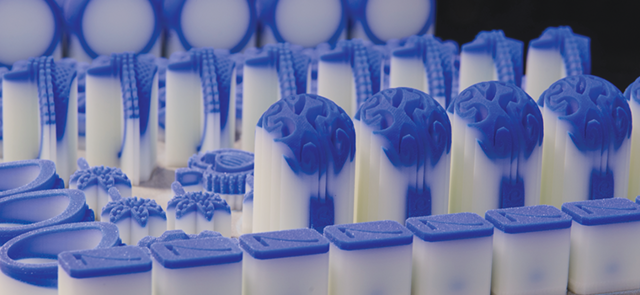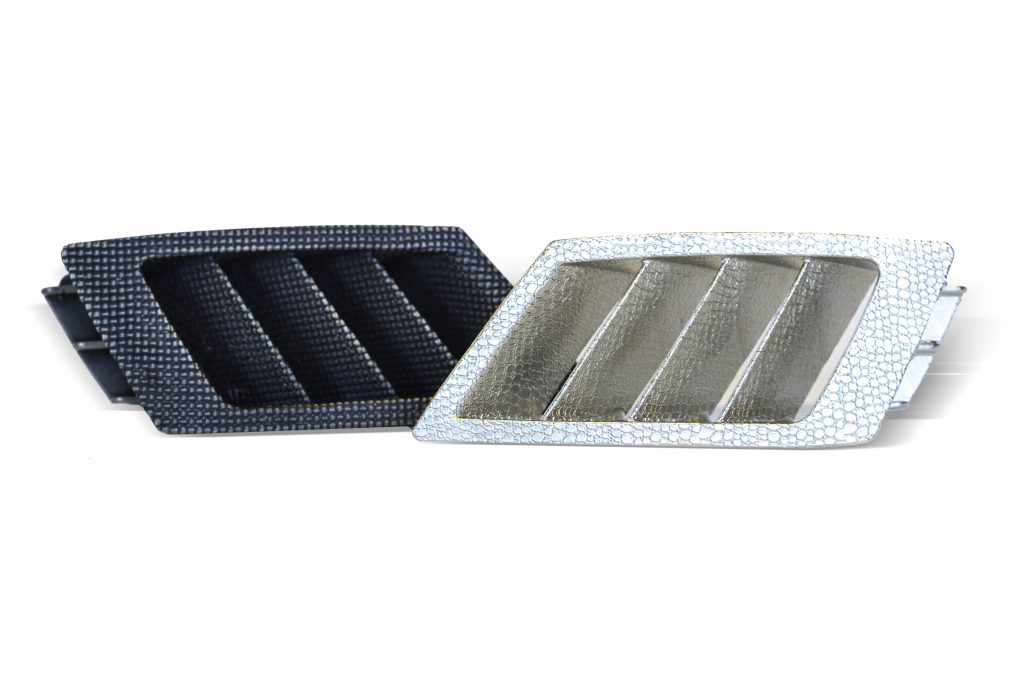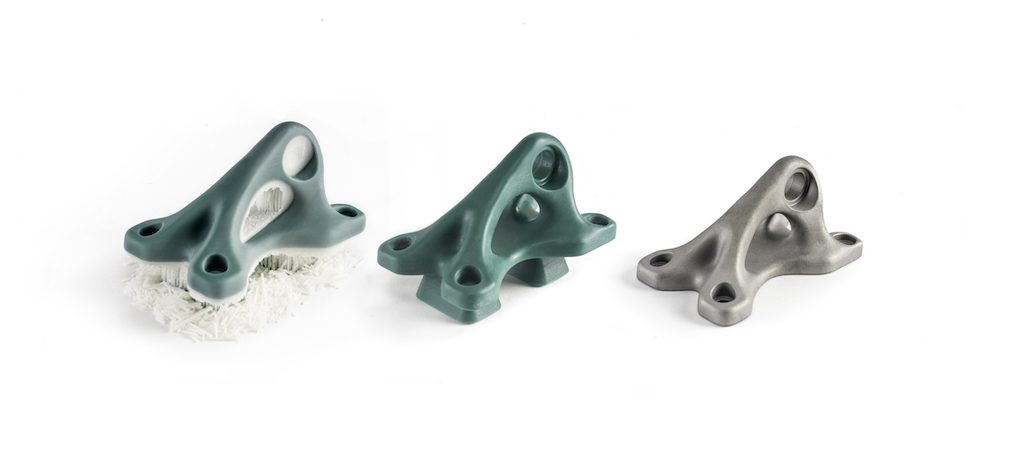Phil Schultz is executive vice president of Operations at 3D Systems. As a seasoned 3D printing exec, he leads all on-demand operations there. Before that, he lead Foxconn’s printing business and spent 25 years at HP, ultimately leading their consumer inkjet offering. I interviewed Phil and enjoyed his measured, thoughtful responses, which showed his deep understanding of the possible and impossible of additive.
The current crisis has exposed the brittleness of our just-in-time manufacturing world. Small ripples in the system can propagate, reinforce themselves, and cause waves that, in turn, build up to a storm, collapsing the system. A factory in Thailand closing or a freighter being diverted can wreak havoc on the intricate supply chains that connect our globalized society. A system that is so massive and world-spanning as global commerce and transport turned out to shatter easily in a difficult situation. Many global organizations are now discovering that they need to do more to audit and update their supply chains. Supply chain resilience once meant that you had more than one supplier for critical components. But now we all know that we need to look further to assure supply. What role can 3D printing play in this?

Phil differentiates between “short-term and long-term supply chain interruptions.” “Especially in an emergency…3D printing can help” and do so much faster than other technologies can. If “additive is a contingency or it is used in bridge manufacturing,” it is often an excellent choice. We “don’t need any tooling…and we’re not bound to a geography” with 3D printing “through a distributed manufacturing model…or one order being delivered globally” we can respond in a crisis, and we’re “lightning fast.” Especially for “small parts in runs of a 100, 1,000 or 10,000…additive has the advantage.”
The “downside with 3D printing is the materials…that your parts are different than injection molded parts,” and “part properties and strength may not be the same.” “Your parts could be good enough for the application,” but he cautions customers against entering into production “without qualification…because then you’re carrying a lot of risk.” There will also be “cost differences…and often increased costs mean that without mass customization additive may not always make sense.”
He likes to take customers through “a simple calculation…that often shows that pricing represents “multiples of an injection-molded part—not 20% or 30% higher—multiples” and, in that case, if “you’re going to do a replacement of a conventional part,” the business case falters. In that case, “you’d only do it because you have no choice.”
However, if you “learn to design for the technology…and use it to combine parts…lose weight…bring value,” it changes the equation. “Why would you want this is part to be 3D printed…and what does that mean for your business?” He maintains that “3D printing is…not a replacement for CNC or injection molding…it is just another tool” and “you must use it wisely.” 3D printing can help you “guard against the future…and find your future more quickly,” but it is no panacea.

A 3D Systems On Demand site in Lawrenceburg, TN.
There are often overlooked alternatives, made possible by 3D printing, that allow for more scale and lower costs. This includes “3D printing positive investment casting print patterns,” “using Real Wax for lost wax casting,” or “directly 3D printing low-pressure injection molds.”
“By casting urethane..or through thermoforming inserts” relatively low-cost parts can be made in the millions, as Invisalign already does with the latter technology. In “thermoforming, some customers are making over 400,000 parts a day,” through the use of 3D printing as an intermediate. Yes, in an emergency, he understands that people are printing face shields. But, if we step back, then we can consider making the headband through thermoforming or urethane casting and using an acetate screen to sterilize the parts more easily. Phil continually seeks to use additive for the right applications, the right parts. “We are geometry agnostic, require no tooling, and we are fast to the first part, but must be aware of the tradeoffs in materials and more expense.”

3D Systems MJP Wax
He’s excited “by making spare parts out of polyamide…through sintering…especially of filled materials” and, also, “new possibilities in TPU.” Higher temperature resins for SLA are also pushing the envelope of what is possible there. Now, “we are getting resins with good flexural strength, elongation…that make parts that can bend well while being less brittle.”
When he does introduce 3D printing for manufacturing at a firm, he likes to “start with the applications people..and walk the (production) lines…to see how we can help… We can evaluate our services…your parts…and see what sense it makes to outsource or do in-house.” Ideally, he’d like to “get into the design phase…and help companies with qualification..or share with them how to qualify products for additive.” Surprisingly, one of the sectors that he is most excited about is EMS and contract manufacturing firms.
“They have tonnes of injection molded parts…many indirect parts…and can often use additive in the short term…but have not considered it for more.” With these businesses, “almost every fixture and tool can be improved, adjusted or is now more quickly consumed,” making it more suitable for additive. “An iPhone production line may have 600 people on it and as many steps. Imagine a five percent improvement.”
He likes asking manufacturing firms, “what do you need?” and then “having complex conversations about matching material properties to needs…avoiding tooling…and the level of proof required for them to proceed.” He’s now increasingly seeing “ducts, knobs, connections, functional parts in gear trains…and on the whole, things that are more functional in assemblies” being made with additive. A few years ago, he only used to “talk to R&D, and now we talk with [operations]…about things that I care about, such as cycle time.”
3D printing “is emerging as a backup plan….but you have to design for it… 3D printing services could, through their hundreds of machines…solve customer problems,” but firms could also have 3D print capacity in-house for the most relevant materials to them. Either way, qualified parts can be manufactured at scale, but not all parts can be made cost-effectively through 3D printing.
It is clear from Phil’s recent experience that additive is maturing and new applications are being discovered all the time. New realism is unlocking actual manufacturing and, in due time, we could provide true supply chain reassurance through 3D printing. Ultimately, “I want to go in front of every industrial engineer in the world and show them how their creativity can be unleashed with 3D printing.”
The post Phil Schultz of 3D Systems on 3D Printing Supply Chain Assurance appeared first on 3DPrint.com | The Voice of 3D Printing / Additive Manufacturing.


